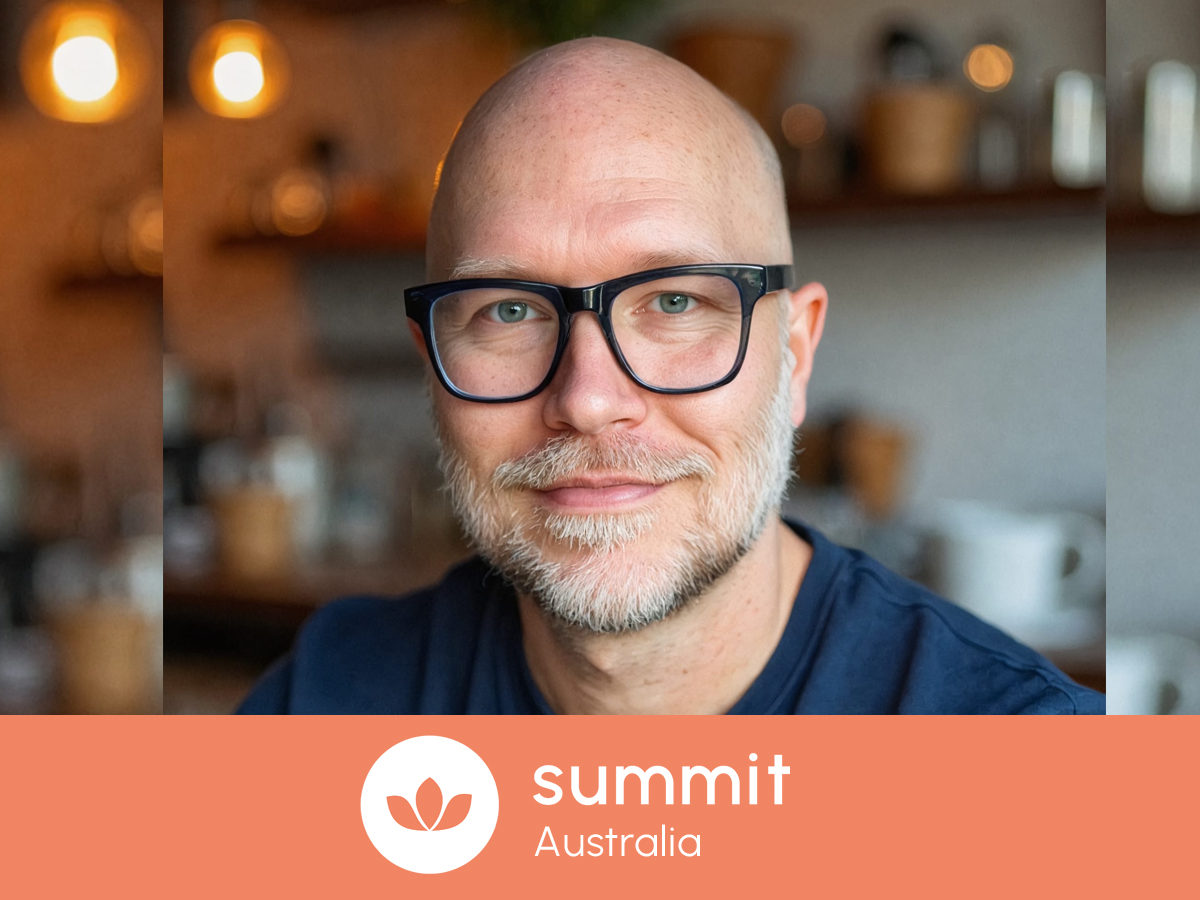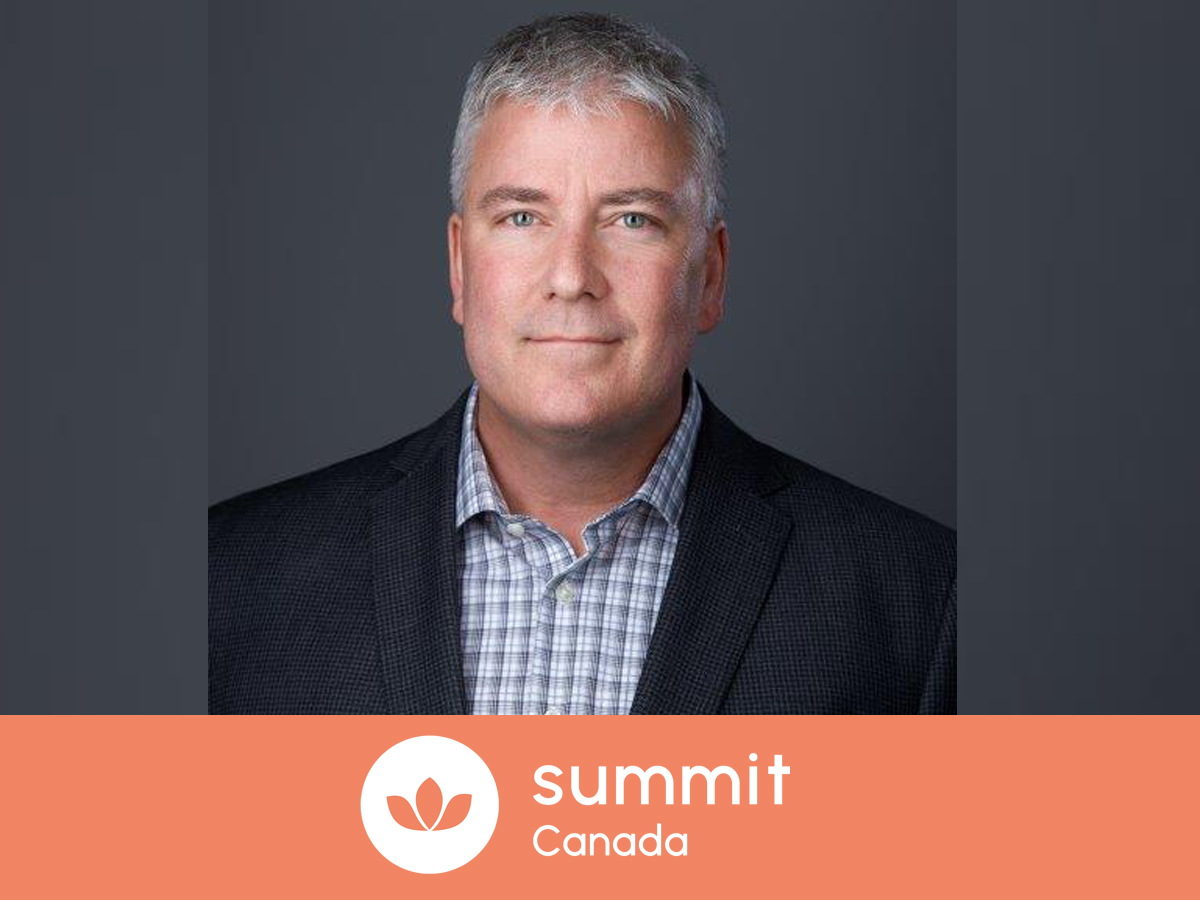
Annick Rogiers is a Consultant in ESG (‘S’) & HR, an ICF-certified Business & Trauma Coach, keynote speaker, trainer, and author of *Stronger than Your Trauma*. As the founder of the Sustainable Wellbeing Platform after Trauma, she equips leaders to address psychosocial risks, embed psychological safety, and translate trauma into sustainable wellbeing strategies aligned with ESG and legislation.
We are delighted that Annick will be hosting a workshop in Melbourne next month during day three of our Wellbeing at Work Summit Australia. We caught up with her to see how she’s feeling in the runup to the event.
Hi Annick, we are thrilled that you will be joining us at the Wellbeing at Work Australia Summit in November. Our first and most important question is, how are you doing today?
Thank you for asking — I’m doing very well and truly honoured to be part of this Summit. It’s inspiring to see how Australia continues to lead the global dialogue on psychological safety and wellbeing. Preparing for this event gives me renewed energy to share how trauma-informed practices can deepen and sustain that impact.
As a leader based in the region, what are the main challenges you are facing when it comes to employee wellbeing and mental health?
The biggest challenge remains moving from initiatives to integration. Many organisations have strong wellbeing programs, but trauma and emotional complexity are still treated as separate or reactive issues. The next step is embedding psychological safety and trauma awareness into leadership behaviour, policy, and ESG strategy — making wellbeing a lived part of the organisational DNA.
What strategies have you seen developing over the past 6 months, both internally and externally, that are moving the dial on wellbeing in the workplace?
I’ve seen an encouraging shift toward prevention through leadership. Organisations are realising that managers play a critical role in shaping emotional climates. Training programs are evolving beyond resilience workshops to trauma-informed leadership development, where empathy, language, and psychological safety become measurable competencies. That’s a powerful evolution.
Why is employee wellbeing so important to you personally?
Because it’s deeply personal. Years ago, I survived an armed robbery and lost my partner in a tragic accident. Those experiences changed me — both as a person and as an HRM professional I got triggered. They taught me that recovery doesn’t end with safety or stabilisation. Growth can follow trauma, but only if workplaces recognise, understand, and support that journey. That belief became the foundation of my work.
What impact is AI having in your organization and how are you managing that?
AI offers opportunities to personalise wellbeing strategies — from analysing engagement data to detecting early signs of burnout or distress. However, technology can never replace human connection. We use AI to inform, not to replace, leadership. The key is ensuring that digital tools enhance empathy rather than distance us from it.
Other than AI, are there any challenges that you are seeing for the first time and how are you addressing them?
One emerging challenge is emotional fatigue among leaders. The constant demand to support others while managing their own uncertainty can be overwhelming. That’s why leadership wellbeing must be prioritised too. Through trauma-informed training, we teach leaders how to stay grounded, recognise their own limits, and lead with both strength and compassion.
What areas do you think employers should be focused on over the next 12 months?
Three priorities stand out:
- Embedding psychological safety in ESG and sustainability strategies.
- Building leadership capability in trauma-informed communication and trust.
- Measuring wellbeing outcomes — not just through surveys, but through tangible indicators like retention, trust scores, and reduced absenteeism.
Do you feel that investment in employee wellbeing in the region is increasing or decreasing and is that a direct reflection on HR leaders’ increasing ability to demonstrate effective returns of their strategies to leadership?
Investment is increasing, but more strategically. HR leaders are becoming more data-driven — linking wellbeing to measurable business outcomes such as productivity, risk reduction, and ESG performance. The ability to demonstrate ROI and impact materiality is transforming wellbeing from a cost centre into a strategic driver of value.
How has your organisation been leading the way?
At Sustainable Wellbeing Solutions, we help organisations move from trauma to sustainable wellbeing. We combine Dr. Edith Shiro’s 5-phase model of post-traumatic growth with an HR lens and our 8-step trauma-informed leadership framework. This approach bridges personal recovery and organisational strategy — creating workplaces where wellbeing, trust, and performance reinforce each other. It’s not just about caring for people; it’s about transforming that care into sustainable business success.
Annick will be speaking in Melbourne during day three of the Wellbeing at Work Summit Australia.
View further details about days one and two of our Australian Summit in Sydney and book your tickets here.
Click here to learn more about day three of our Australian Summit which will be in Melbourne. Book soon to avoid disappointment.



